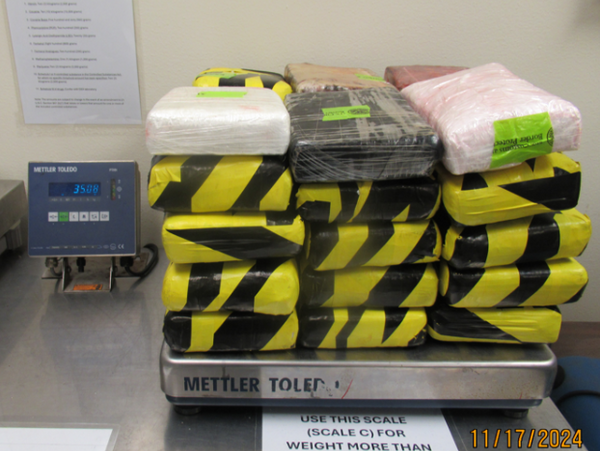
While concerns about economic stability — brought on largely by the Trump administration's tariff policies — have weighed on investor sentiment this year, so far, the market has largely been pushing aside such anxieties. Since the start of the year, the benchmark S&P 500 index has gained approximately 12%. Much of that performance can be attributed to the so-called Magnificent Seven.
A group of innovative tech juggernauts that has dramatically outpaced the performance of the equities benchmark — especially in the last two to three years — the Mag 7 consists of the following: Alphabet (NASDAQ:GOOG) (NASDAQ:GOOGL), Amazon.com (NASDAQ:AMZN), Apple (NASDAQ:AAPL), Meta Platforms (NASDAQ:META), Microsoft (NASDAQ:MSFT), Nvidia (NASDAQ:NVDA) and Tesla (NASDAQ:TSLA).
What's remarkable about this exclusive club is that despite its accelerative growth rate, it continues to be the driving force behind the overall equities engine.
For example, the second quarter of this year's earnings season delivered one of the biggest beats in over a decade (excluding the COVID rebound). Naturally, the exceeding of key financial targets represented a huge surprise for investors, given some of the challenges facing the economy. Nevertheless, much of the earnings growth was concentrated in the Mag 7, which saw earnings expand three times faster than other corporate cohorts.
Among the hot innovators, semiconductor giant Nvidia stands on a pedestal of its own. Since late 2022, NVDA stock has dramatically outpaced the Mag 7 group, surging over 475% in relative performance. Some of the catalysts undergirding NVDA include unprecedented demand for artificial intelligence and significant expansion of the broader data center ecosystem, which Nvidia feeds with its graphics processors.
On one hand, the Mag 7's results speak to the resilience of the U.S. economic engine. However, some experts — including Howard Marks, chairman of Oaktree Capital — have warned that the S&P's gains are dangerously concentrated. Specifically, 58% of the index's two-year total return comes from the aforementioned seven tech juggernauts.
The Direxion ETFs: Subsequently, not everyone is bullish on the Mag 7, possibly presenting opportunities for traders on both sides of the aisle. To feed this demand, financial services provider Direxion offers two interesting products.
For the optimists, the Direxion Daily Magnificent 7 Bull 2X Shares (NYSE:QQQU) seeks the daily investment results of 200% of the performance of the Indxx Magnificent 7 Index. On the other end, pessimists may consider the Direxion Daily Magnificent 7 Bear 1X Shares (NYSE:QQQD), which seeks 100% of the inverse performance of the aforementioned index.
Direxion ETFs have gained popularity with retail investors, with a key reason being flexibility. Usually, traders interested in more exotic strategies such as leveraged or short positions must engage the options market. However, financial derivatives carry complexities that may not be suitable for everyone. In contrast, Direxion ETFs can be bought and sold much like any other publicly traded security, thus mitigating the learning curve.
Nevertheless, traders interested in these funds must recognize their unique risks. First, leveraged and inverse ETFs typically incur greater volatility than funds tracking benchmark indices, such as the S&P 500. Second, Direxion ETFs are designed for exposure lasting no longer than one day. Holding these funds longer than recommended may expose traders to value decay due to the daily compounding effect.
The QQQU ETF: Since the beginning of the year, the QQQU ETF has gained over 19%, which isn't that impressive. However, in the trailing half-year period, it has gained nearly 63%.
- Currently, it's difficult to find any glaring flaw with QQQU's technical strength, as the price action stands firmly above its 50-day and 200-day moving averages.
- One factor to note is that volume levels have been fading since April of this year, while the price action has been soaring. Ideally, rising volume should confirm rising price.

The QQQD ETF: In contrast with the bull fund, the QQQD ETF has suffered a slow grind downward, losing more than 17% year-to-date.
- Again, as a mirror opposite to the QQQU ETF, the inverse QQQD sits well below its 50 and 200 DMAs. In addition, it's trading below the 20-day exponential moving average.
- What's interesting to note is that accumulative volume of the QQQD ETF picked up in August, with some notable acquisitions occurring in September.








